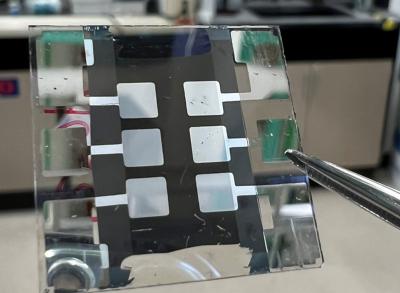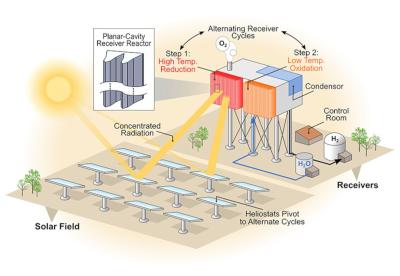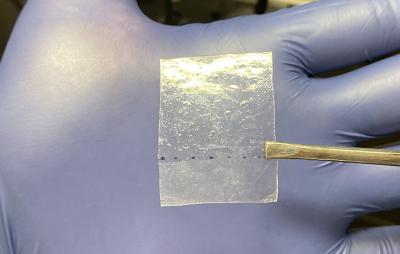Researchers develop metal oxide barrier coating to protect perovskite photovoltaics from terrestrial and space stressors
Researchers from the US Department of Energy’s National Renewable Energy Laboratory (NREL), University of North Texas and University of Oklahoma have demonstrated that an ultrathin layer of silicon oxide layer can harden perovskite photovoltaics to protect it from critical stressors in space and on Earth.
Space has its own unique environmental challenges for solar cells, perovskite ones included. PSCs have to be resilient against such challenges as “radiation, atomic oxygen, vacuum, and high-temperature operation,” according to the study’s abstract.




